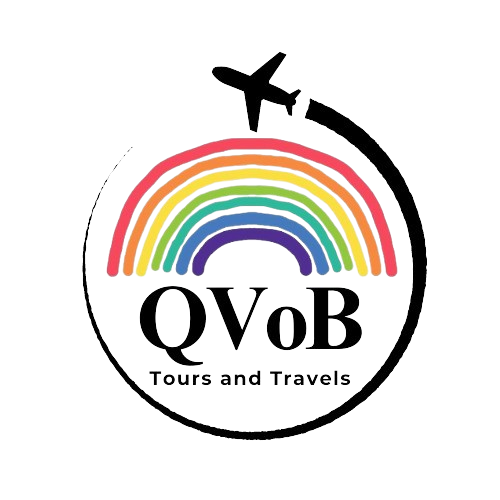
Bhutan is a small Buddhist kingdom nestled in the eastern Himalayas between India and China. Known for its philosophy of Gross National Happiness, stunning monasteries, pristine mountain scenery, and rich cultural traditions, it is an alluring destination for adventurous travelers. However, visiting this isolated nation requires some planning and preparation.
Entry Requirements
Bhutan has a "high value, low impact" tourism policy aimed at preserving its environment and culture. All visitors must obtain a visa prior to arrival and book their trip through a licensed Bhutanese tour operator or one of their international partners. U.S. citizens can apply for a visa online prior to travel. You will need to submit a copy of your travel itinerary, passport, and passport photos.
Additionally, all visitors must pay a minimum daily tariff or fee that covers accommodations, meals, guides, inland transport, and entry fees. This fee varies based on the month of travel but is around $200-$250 per day during peak seasons. This allows Bhutan to limit tourist numbers and provide funding for education and healthcare.
Planning Your Trip
Bhutan has four distinct seasons, with the prime times to visit being spring (March-May) and fall (September-November) when skies are clear and temperatures are moderate. Summer brings heavy monsoon rains while winters can be quite cold.
Most tours focus on the western region near Paro and the capital Thimphu, allowing visitors to experience the nation's key cultural landmarks like Buddhist monasteries, nunneries, dzongs (fortresses), and markets. Popular sites include the iconic Tiger's Nest monastery, Punakha Dzong, and Thimphu's massive Buddha statue.
For outdoor enthusiasts, Bhutan offers fantastic hiking, with opportunities to trek to remote villages and monasteries surrounded by snowy peaks. You can even get permits to trek to mountain base camps. The Trans Bhutan Trail, an ancient footpath being restored, will eventually stretch coast-to-coast. Archery, Bhutan's national sport, is also popular to watch or try.
Visiting this mythical kingdom allows you to step back in time and experience a traditional Buddhist culture relatively untouched by globalization. With some pre-planning and an open mind, Bhutan offers an extraordinary journey into one of the Himalaya's last sanctuaries.
Main Airports
Paro International Airport (PBH) is Bhutan's only international airport. Located in a deep valley and surrounded by high peaks, it is considered one of the world's most challenging airports for pilots to navigate. Only a handful of airlines operate flights into Paro.
Druk Air, the national airline of Bhutan, has flights from major hubs like Bangkok, Kolkata, Delhi, Dhaka, Kathmandu, Singapore, and several domestic routes.
Other airlines with service to Paro include Bhutan Airlines (private Bhutanese carrier).
Getting to Bhutan
Most visitors transit through cities with direct flights to Paro like Bangkok, Delhi, Kathmandu or Kolkata before continuing on to Bhutan.
From the United States, the typical routing is to take a flight to a major Asian hub like Bangkok, Singapore or Delhi and then catch a connecting Druk Air or partner airline flight to Paro.
Alternate Airports
An alternate way to enter Bhutan is to fly into one of the airports just outside the border in northeastern India and arrange road transportation into Bhutan. Airports like Bagdogra (IXB) near Darjeeling or Guwahati (GAU) sometimes have better regional connections.
Restrictions
Due to the difficult landing, only a handful of pilots are certified to land at Paro airport. This limits the number of flights and seats available.
Tickets on Druk Air and flights into Paro must typically be arranged through your Bhutanese tour operator as part of a package.
With stunning mountain views on arrival, reaching Bhutan by plane is an experience in itself and the start of an incredible cultural journey in the Himalayan kingdom.
